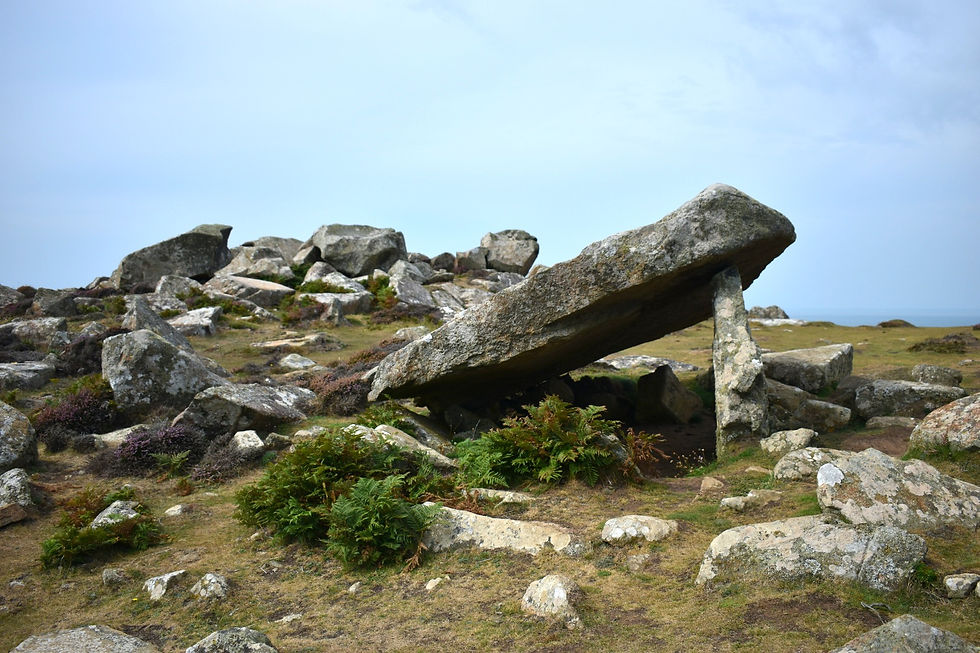The River Ouse
- Isobel Akerman

- Nov 8, 2020
- 3 min read
Updated: Nov 13, 2020
| Ancient * York |

Even if you’ve managed to miss York’s famous floating ice cream aqua-van, or avoid the masses of tourists making waves on their little red boats; no matter if you’ve never kayaked, paddle-boarded, or taken a freezing-cold tour on York’s central river; and regardless if (for some reason) you just don’t enjoy spending an afternoon in a pub garden by the water or on a long riverside walk; even if all this is true; there is no escaping the fact that the River Ouse is unquestionably the life and soul of York.
York owes its very existence to this river. The Roman legion that founded the city in 71AD thought this a prime spot to set up camp. Lying between the River Ouse and the River Foss, Ebocarum (Roman York) was able to boast two natural defences, valuable supply lines, and enviable transport links.
The Romans set up warehouses and posts all along the river, but the Vikings took it one step further and began to build ships. Supporting a natural link to the North Sea, the Ouse became the centre of international trade. Timber, silk, fur, copper, pottery, and shells flooded into the city and created an international culture of elite materialism. This expanded after the Normans, and trade became so lucrative that by the 13th century York was so rich the King effectively moved the capital there (for six years before going back to London).
Then the railways happened. Water-transport around the country became less important and relatively more expensive, but this was especially prominent in York where the railways were literally taking over. The river became less a hub of economic activity, and more the picture-perfect landscape we know today.
So there you have its history. But what of the river now? How has locating an entire (almost) capital city right next to a natural resource affected the day to day struggles of this new environmental world? Well it’s alright until the flood hits. But York doesn’t do floods half-heartedly. In 2000 the record high was hit at 5.4 meters above what you’d expect for ‘normal’ summer levels but, even without extreme destruction, at one point or another during most years you would almost expect to see a string of flooded paths and half-submerged buildings.
The unpredictability of the weather caused by climate change means that these issues are getting worse. In the 1970s there was a devastating flood which pushed the council to build the Fossgate Barrier. This contraption is designed to control the movement of water between the River Ouse and the River Foss and ensure that the River Foss doesn’t get backed up causing it to overflow way back in the city centre. But even the creativity of technology can’t control the waves when they’re on a mission. The infamous 2000 floods seriously tested the defences, and the barrier had to be run for 17 days straight in order to keep the water controlled. All over York sandbags covered the ground and helicopters dotted the air in an attempt to manage the impact. By all accounts it was hectic, stressful, and disastrous. The floods of 2015 were also so strong that they almost broke the dam, forcing the engineers to lift the barrier and make a conscious decision to allow the city to flood.
Throughout all of the adapted defences and new processes in place, it is clear to see that we can’t put all trust in technology to keep up with the changing force of nature.
River Ouse, York




Comments